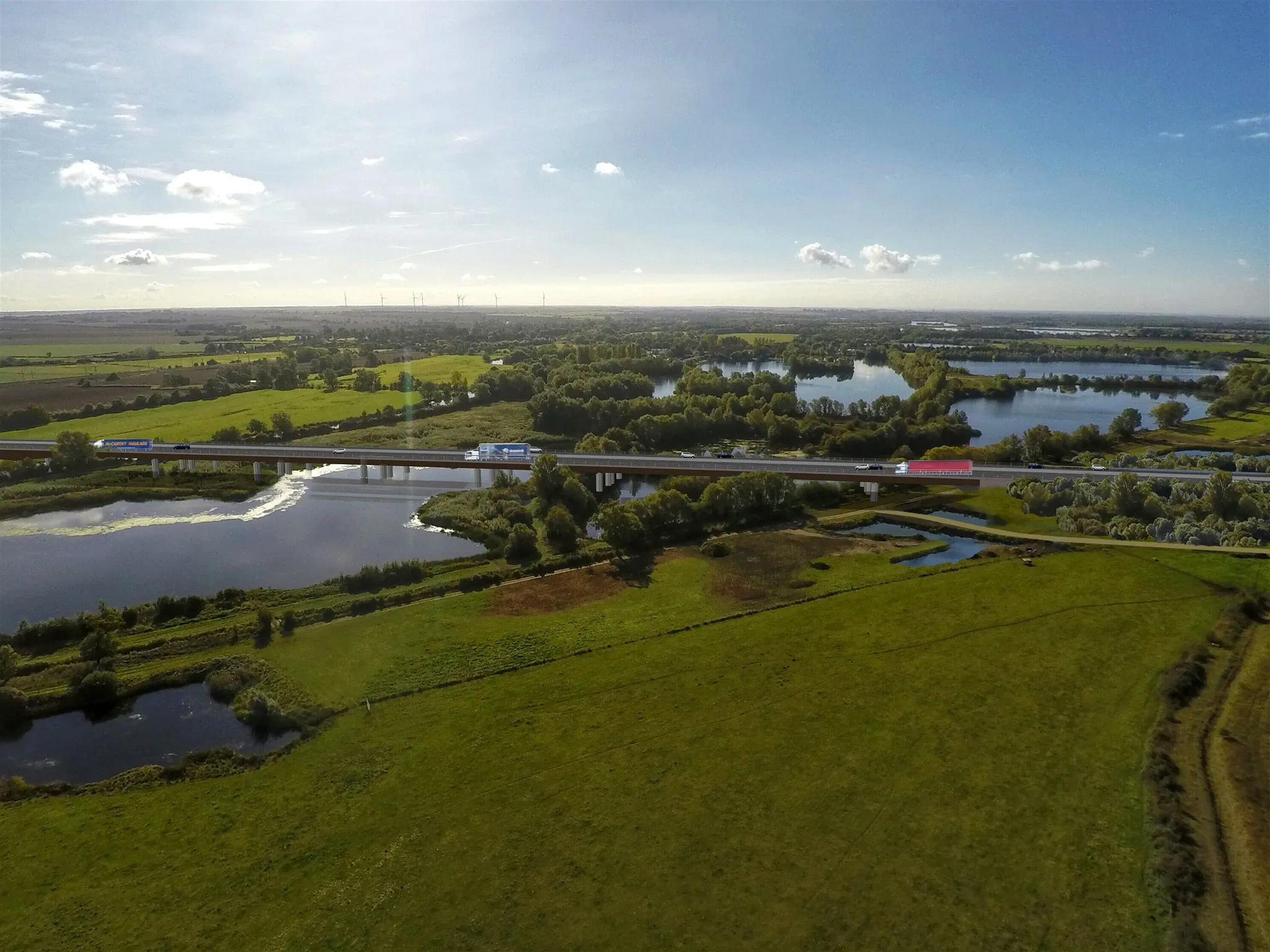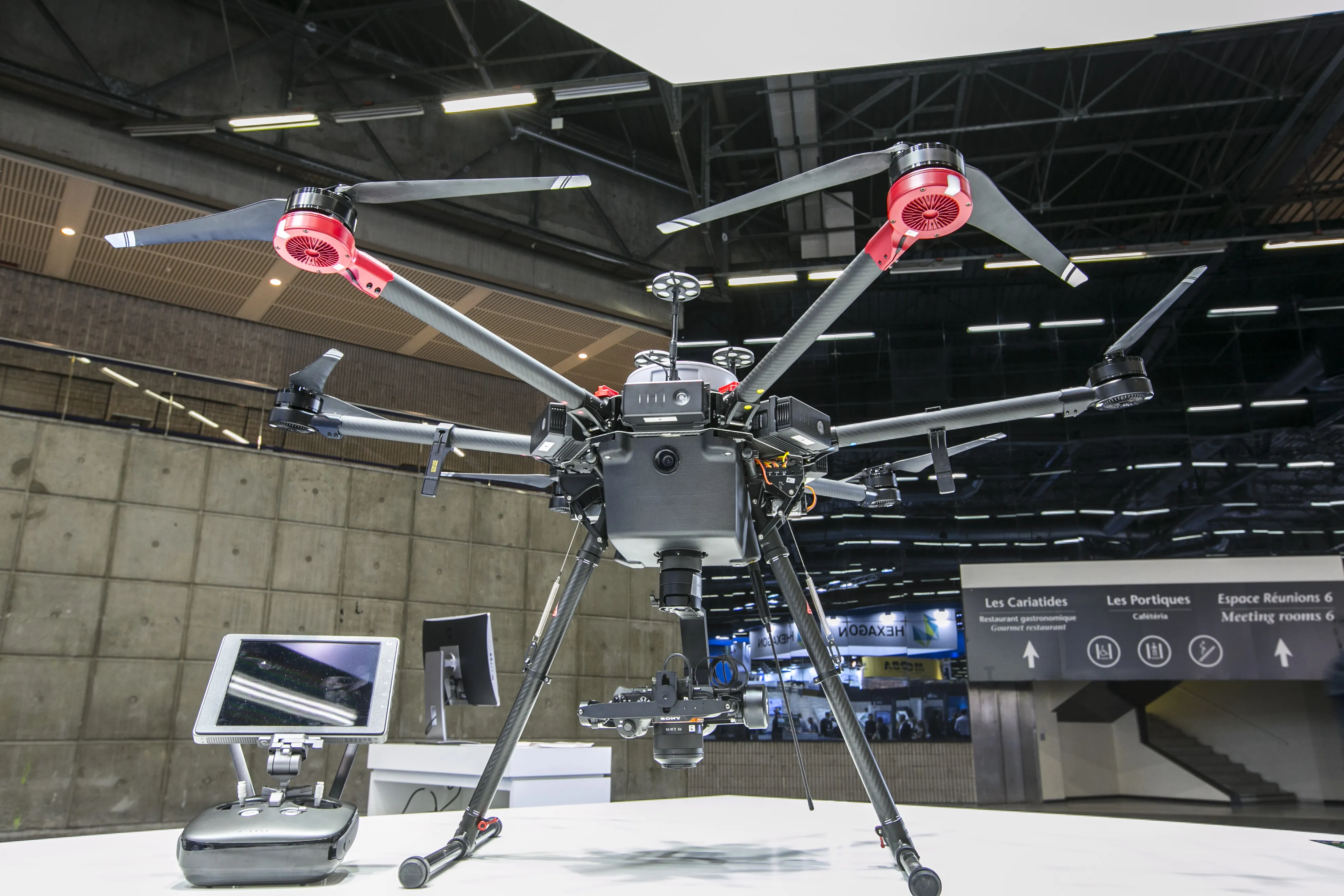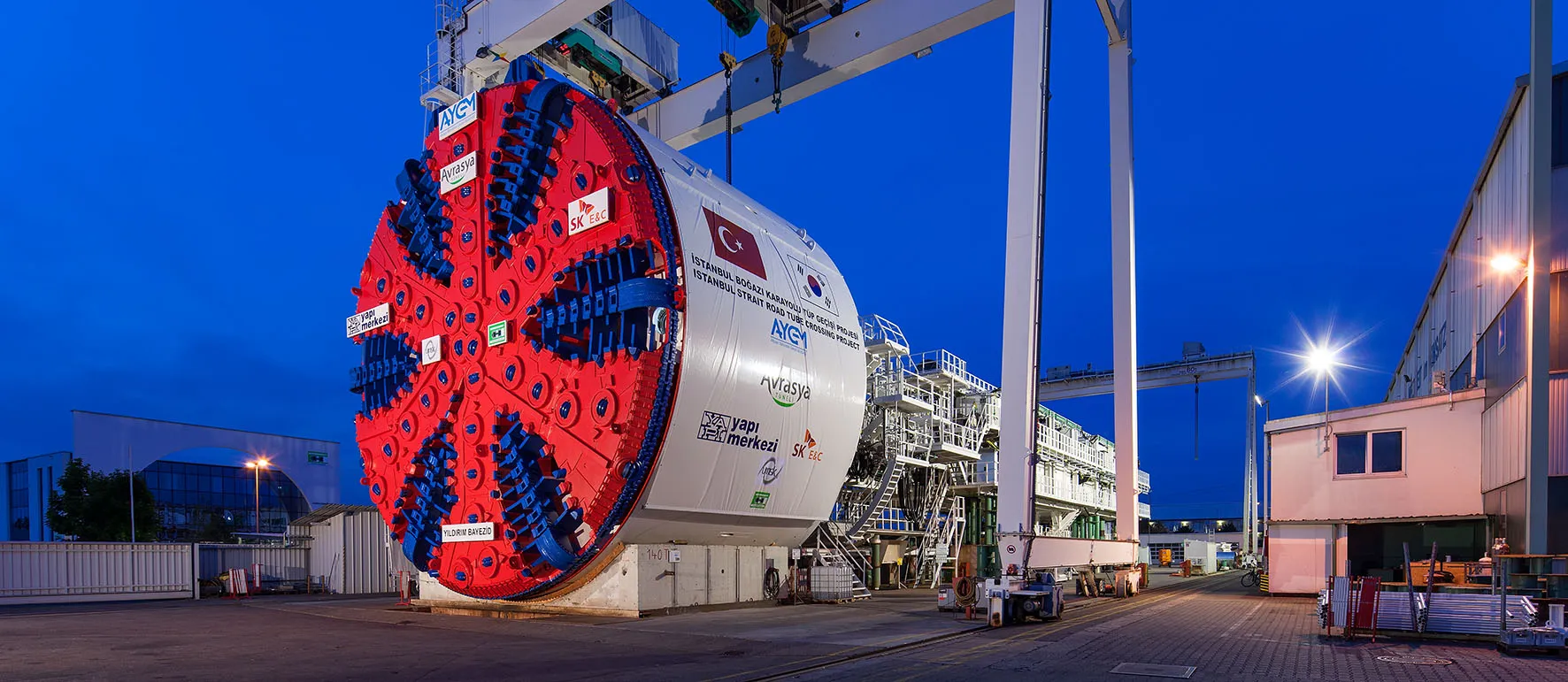
The Spire, which opened in August this year at a cost of €132 million, was named Project of the Year: Engineering, Construction and Infrastructure 2018 by the UK’s Association for Project Management.
The award is the latest honour for Sunderland’s 105m-tall cable-stayed bridge which links Castletown on the north side of the River Wear with Pallion.
Construction was awarded in 2015 to FVB JV, a joint venture between
Other awards picked up by the Northern Spire this year include the Robert Stephenson Special Project Award from the UK’s Institute of Civil Engineering and also Project of the Year from the Chartered Institute of Highways and Transport in England’s North East region.
World Highways followed %$Linker:
Farrans Construction is a building and civil engineering contractor operating across the UK and Ireland while Victor Buyck, in Belgium, specialises in steel bridges. FVB JV was supported by their design team, led by Buro Happold Engineering and Roughan & O'Donovan, as well as independent checker
Stephen McCaffrey, project director for the Farrans Victor Buyck joint venture, which delivered the project on behalf of Sunderland City Council, said it was the methodologies adopted to build the bridge that made Northern Spire so different.
“We chose to build Northern Spire in quite an innovative way, from constructing the bridge deck on the south side of the river and launching it out in two sections across the river, to fabricating the 105m central pylon in Belgium, before sailing it to Sunderland in one piece.
“It would have been possible to build Northern Spire in a more conventional way,” said McCaffrey. “But we chose different methods because we felt it was more efficient and resulted in a better finish, and we had the luxury of space in which to do it. I think it’s a project that we will all remember for the rest of our careers.”
The bridge is Phase 2 of Sunderland City Council’s Strategic Transport Corridor, which is a five-phase plan to improve the road network between the A19, the city centre and port.
The next phase of the works to improve the road network is a dual carriageway that will pick up where Northern Spire ends on the south side of the river, linking the new bridge to St Mary’s Boulevard, going under Queen Alexandra bridge. It is expected to get underway next year and is likely to be complete in 2021.









